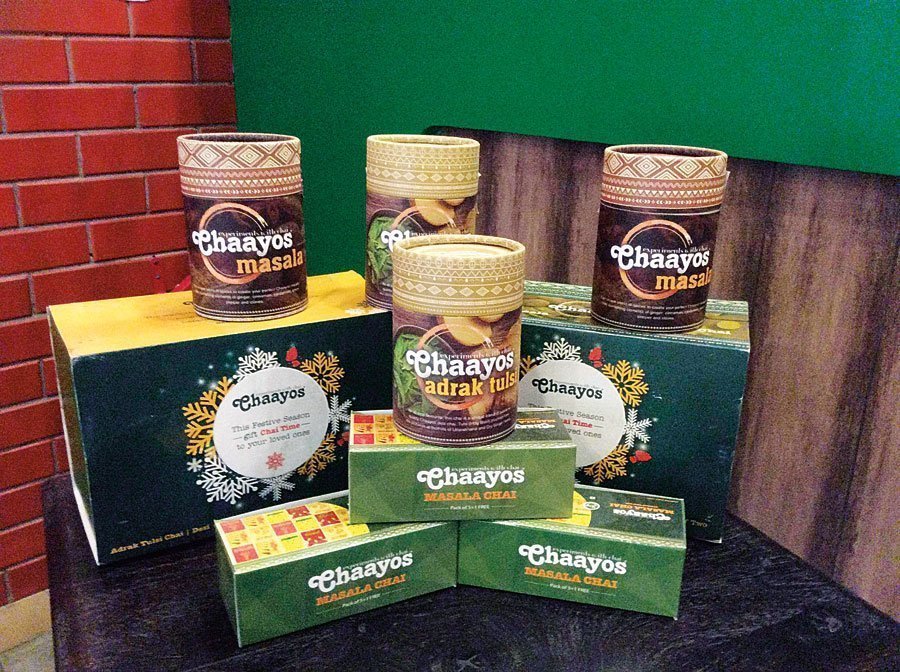The branded consumer product business universe in India is expanding visibly these days. As new brands emerge and fight for market share from the biggies, can nimble packaging suppliers become key enablers for their success?
Many new challenger ‘star’ brands seem to be shining on the shop shelves across categories – from food and beverage to personal and home care. According to a report in Livemint, “The last five years have been telling on India’s consumer market. Increasing broadband penetration, growth of private label brands from retailers like Big Bazaar, Big Basket, Reliance Fresh and More, along with the growing economic might of a younger demographic have challenged the top brands across categories – from home care to packaged foods and beverages.” (Sapna Agarwal, April 2018; www.livemint.com)
In the same, above quoted report, research firm Euromonitor is mentioned as saying, “Between the years 2012 and 2017, eight of India’s top 12 brands have ceded nearly 40 basis points, to two percentage points of either volume or value market share to newer entrants in home care, packaged foods and beverages categories. A basis point is 0.01% of market share. It is calculated based on volumes and value. While volume refers to the number of units sold, value is the price component. The brands that have lost share are Thums Up, Horlicks, Tata Tea, Amul, Britannia, Mother Dairy, Brooke Bond and Surf.”
It’s apparent that the huge unorganized and ‘local’ market of India is beginning to create slick new ‘challenger’ brands which need packaging just as good as the big brands but at a reduced scale. The new, start-up brands deserve a better response from the eco-system of the packaging industry which is presently structured to cluster around the big ‘star’ brands. The big brands, with their deep pockets and wide market penetration have little difficulty in meeting the minimum order quantities (MOQ) terms of packaging suppliers. On the other hand, the new entrants seek lower initial order quantity terms and need flexibility to customize on-pack messaging to niche markets as well.
As Aniket Deb, co-founder & chief executive officer, Bizongo is quoted by Accel India Insights, in Medium.com, “If you want to place a custom order with a packaging manufacturer today, you’re still dependent on the manufacturer’s waitlist and whims. Buyers have to chase the manufacturers, only to be told about unaccounted-for production delays and to hear at the eleventh hour, that their specifications can’t be met.” (https://medium.com/accel-india-insights/)
Bizongo is an online packaging design and supply resource that aims to disrupt the B2B packaging supply chain by bringing in more reliability of supply as well as quality and cost efficiency. “When Bizongo stepped into the market,” as Aniket goes on to say in the article, “it was highly fragmented and unbranded. To provide the best experience for buyers, we needed to build good relationships with the packaging suppliers, by showing value and providing end-to-end serviceability.”

While Bizongo may be doing its best, the vast majority of the local, unorganized and start-up market faces exactly what Aniket mentions plus much more, if financial resources are limited. To be noticed on shelves and create consumer appeal, startup brands need to look different and innovative compared to the brand leader. This calls for financial and creative resources to be able to invest in the packaging development.
However, due to the fickleness of consumer response most entrant brands prefer to be conservative on development costs and initial order quantities. Most of the time this leads to having to depend on ‘stock packaging’ which is essentially generic bottles, jars, pouches or tins made with ‘one-size-fits-all’ considerations. The outcome inevitably is erratic specifications, poor quality, cost overruns, excess inventory and time delays as well as severe limitation on design choice and shelf-appeal.
On its part, the Government of India’s intent to leverage Startup India was announced on 15 August 2015 by the PM, Narendra Modi himself. Various schemes to improve the business environment for startup brands have been announced. The outcome is beginning to be visible in the form of new brands of food, personal care and home products in retail outlets as well as online sales. The need to upgrade packaging design and quality has been recognized even by the vast ‘unorganized’ market of kirana store labels and local super-market brands.
Under these circumstances, has the response of the vast majority of packaging convertors been adequate? Have packaging material and equipment suppliers responded adequately to the emerging needs of the changing consumer market?
The answers to these questions appear to be woefully short. Most early start-ups and intending brand entrepreneurs I have come across are severely limited by the lack of availability of a wide choice of bottles, jars or tins to package their products. Printed packaging material such as pouches, tubes, labels or mono-cartons also pose a challenge in having to be ordered and stocked in bulk. Alternatives of importing better looking and a wider variety of packaging components from China are available but the costs and logistics make it daunting and unworkable.
Perhaps it is for these reasons of inadequate availability of packaging that many brilliant and traditional Indian products in the food beverage, herbal medicine or homecare and handicraft sectors are seldom seen on international store shelves or airport shops around the world. In contrast, products from many smaller countries such as Thailand, Korea or Malaysia flood such shelves.
However, I’m happy to note that the outlook for better packaging for startups is not all that gloomy. Many medium scale manufacturers of plastic containers, tins and pouches have already recognized the needs of small quantity buyers and organized themselves to cater to that demand. At the same time, printed packaging supplies such as labels, shrink sleeves and pouches, which are constrained to larger MOQs by traditional processes, are beginning to be offered by converting with digital printing.
Trigon Brand Press and Leap Digiprint
Notable examples of the services and capability offered in this regard are the pioneering entry of companies such as Trigon in Mumbai and Leap Digiprint in Noida. Trigon has positioned itself as a ‘Brand Press’ for artwork and print fulfillment to enable brands to standardize their print elements and undertake pilot scale print runs using calibrated digital processes which can later be migrated to traditional print processes. Down-line facility for print conversion to packaging components is also offered by Trigon. Their key appeal appears to be not just a means to undertake pilot production runs of printed packaging but also to serve as a ‘depository of artworks for re-printing’ and thus standardize packaging as per brand guidelines.
On the other hand, Leap Digiprint, a recent entrant in the digital label services space, aims to offer not only a versatile range of printed labels, sleeves or cartons but a holistic advisory service for buyers that draws from the over 25 years of packaging experience at Huhtamaki PPL of the promoters. Between the partners, Vikram Prasad and Honey Vazirani of Leap Digiprint, their experience ranges across marketing, sales and new product development.
They have installed an HP Indigo WS6800 press along with accessory equipment to be able to print customized, small print runs of labels, flexible laminates, shrink sleeves or folding cartons on substrates ranging from 12 to 370 microns. As Vazirani puts it, “Leap Digiprint aims to help new entrant companies make the ‘big leap’ by providing customized digital print as well as tie-ups with down-line convertors for making flex laminate sachets and tubes or labels, shrink sleeves and cartons.” By this emphasis on aiming to serve small, entry-level businesses Leap Digipress is tapping into the starry universe of glittering new start-ups. This could prove to be a unique orbit of its own within the existing space frame of the packaging industry.
“Consumers are innovating and even manufacturers are innovating,” said professor Abraham Koshy of IIM, Ahmedabad in the earlier mentioned Livemint report. Now this seems more evident from the rise of the ‘challenger brands’ and the response of packaging service providers such as Leap Digiprint and Trigon. The new brands are characterized by more focused and customized product offerings for emerging niches. Their lack of resources is made up by their agility to respond to the market with quick turnarounds and ability to take risks in comparison to the bigger, more ponderous brands. The packaging eco-system needs to recognize this emerging trend and gear up towards meeting the demands of the Davids seeking to take on the Goliaths.











